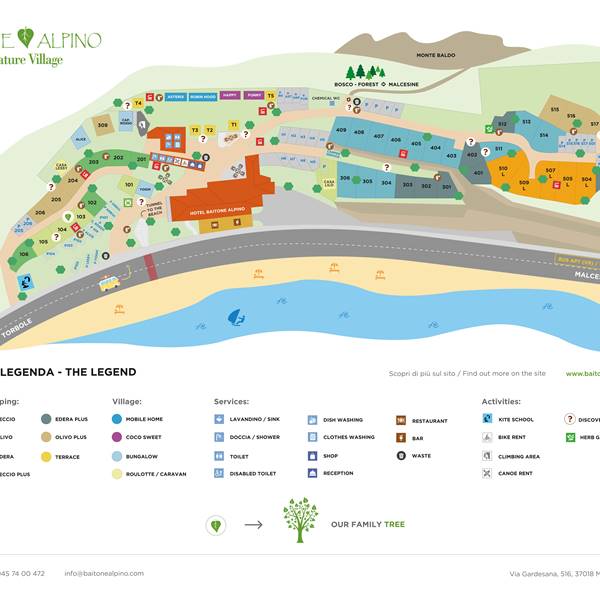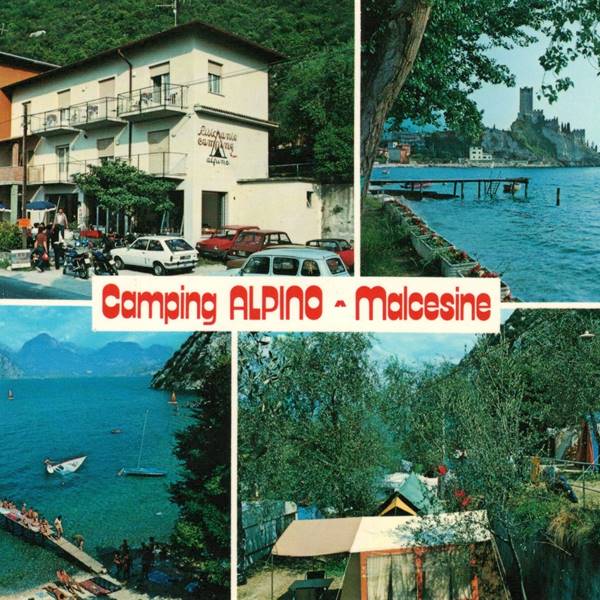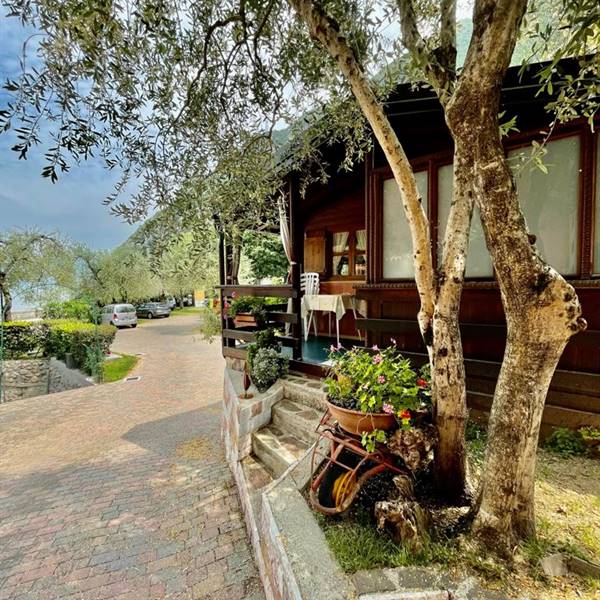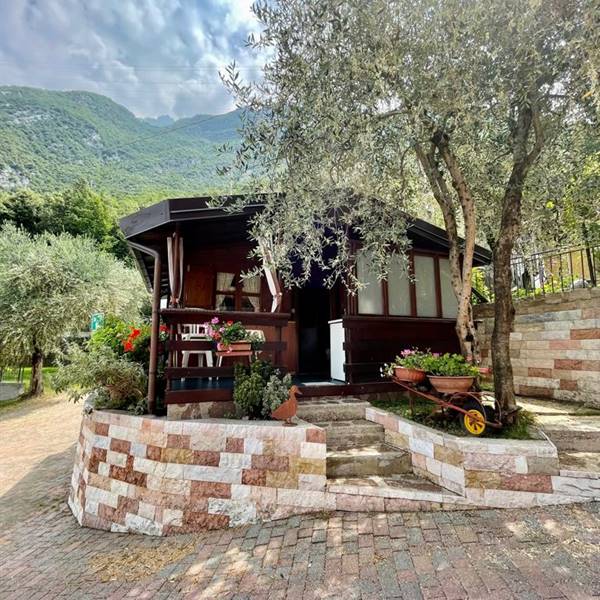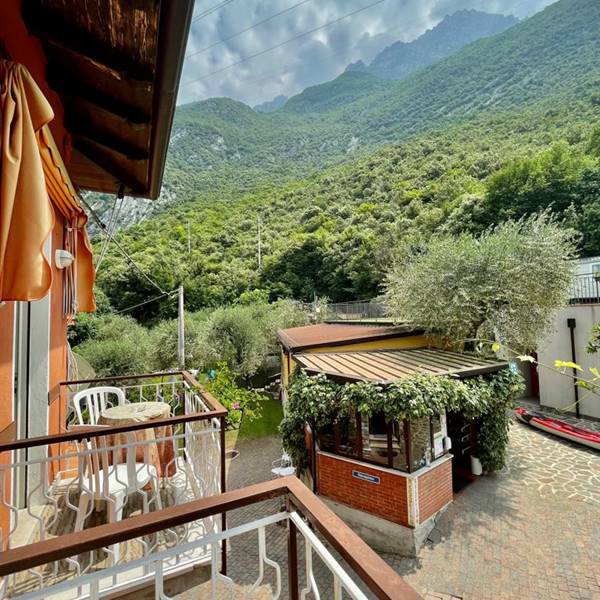BLOG
BaitoneAlpino Suggests: Padova Urbs Picta
The fourteenth-century frescoes of the "Padova Urbis Picta" have become part of the Unesco world heritage. This is the second recognition for the city of Sant'Antonio: the first time was in 1997 with the Botanical Garden, considered a world heritage site, as a "representation of the cradle of science, scientific exchanges and the understanding of the relationships between nature and culture". The frescoed cycles of the fourteenth century in Padua, housed in eight monumental buildings within the ancient city of Padua, illustrate how over the course of the 14th century, different artists, starting with Giotto, introduced important stylistic developments in the history of fresco painting, giving life to a new image of the city and a new course in pictorial production in Italy. The artists involved in this process experienced the cultural, scientific and visual arts excitement in the pre-humanist climate of Padua in the early 14th century, managing to give artistic form to the new ideas that circulated in the city, also pursuing a constant exchange of skills and know-how. These elements led to the affirmation of an innovative style in fresco illustration, which constituted a model and inspiration for the development of painting in the period of the Italian Renaissance.

